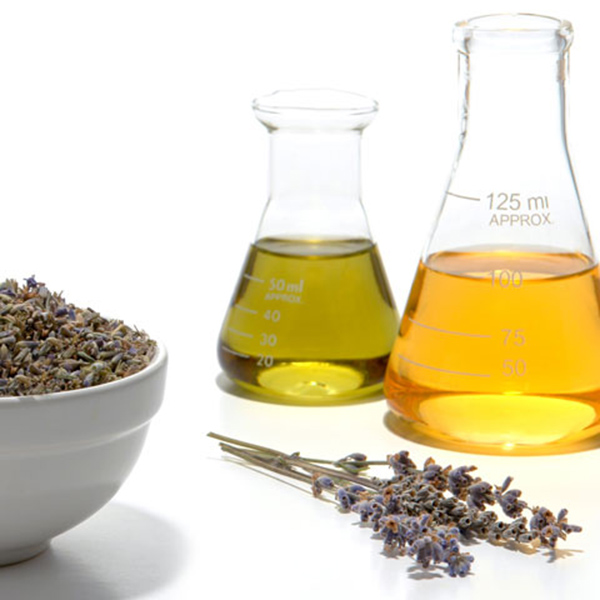Origin: a Latin derivative
meaning "Gift of the Earth."
Part 5: A New Day

Historically, herbal and medical professionals were intuitively and anecdotally guided in their use of plant extracts. Emerging science now supports the safety and efficacy of all three application models, thereby eliminating the need to be limited by tradition. Ongoing clinical research has found that used together, the three application models create an effective and powerful practice for supporting health and wellness. Essential oils easily penetrate into the body with all methods of application including aromatic, topical, and internal use. Whichever application method you choose, or if you choose to use all three, essential oils can be very effective and safe when used appropriately.
This modern evolution of essential oil use encourages many people to seek options for their own wellness, to effectively manage their health on a day-to-day basis, and to have alternatives to manage health issues as they arise. Many health professionals are effectively incorporating essential oils into their practices. Many essential oils are now even found on the GRAS foods list and more relevant toxicology information is becoming available. These advances allow an educated user of essential oils to apply a more targeted approach to wellness based on science rather than solely on tradition or folk wisdom.
Modern technology also makes possible the testing for purity and efficacy of plant extracts of all kinds while controlling both quality and content in a way that allows for a much more consistent essential oil experience. Though no governing body exists to enforce a universal standard on oil quality, some suppliers have implemented testing to monitor their essential oils and to ensure a superb product. Though critics might dismiss this practice as potentially biased, a self-created standard can put into place very high benchmarks that would exceed any proposed universal guidelines. The terminology behind these quality standards may be unique to a given company, but the oils should:
- Contain only the natural aromatic compounds present after the distillation process.
- Be 100 percent pure oil, free of any synthetic compounds or contaminants, including heavy metals or microbial organisms.
- Be subjected to mass spectrometry, infrared spectroscopy, and gas chromatography testing to ensure consistent extract composition and activity.
- Be derived only from the distillation of the correct and clearly stated plant part.
- Meet organoleptic tests (consistency in taste, sight, touch, and smell).
By adhering to these standards, a consistently high-quality product can be produced. This allows users of oils to have the purest and most beneficial products possible.




